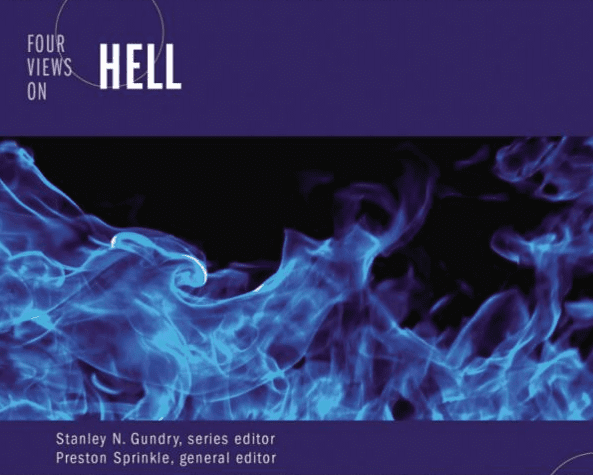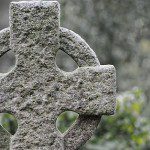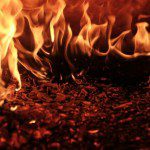 How someone decides to study something, and then that something becoming one of life’s consuming projects, is often a story worth telling. (Got any stories of what led to any of your major passions?) Ed Fudge, deeply submerged into the culture of the Restoration (Stone-Campbell) Movement as a Church of Christ family, got into trouble with some because he believed in the “grace-unity-fellowship heresy,” which essentially meant that he, though CofC, believed others are “in Christ” and worthy of fellowship in Christ, he lost his incomes at his local church (where he was the preacher) and at the publishing company (CofC0, wrote an essay on hell for Christianity Today, and then got “hired” by Robert Brinsmead (of Australia) to examine the ancient sources on what Jews believed about the afterlife, heaven and hell. Ed tells this story in his Hell: A Final Word.
How someone decides to study something, and then that something becoming one of life’s consuming projects, is often a story worth telling. (Got any stories of what led to any of your major passions?) Ed Fudge, deeply submerged into the culture of the Restoration (Stone-Campbell) Movement as a Church of Christ family, got into trouble with some because he believed in the “grace-unity-fellowship heresy,” which essentially meant that he, though CofC, believed others are “in Christ” and worthy of fellowship in Christ, he lost his incomes at his local church (where he was the preacher) and at the publishing company (CofC0, wrote an essay on hell for Christianity Today, and then got “hired” by Robert Brinsmead (of Australia) to examine the ancient sources on what Jews believed about the afterlife, heaven and hell. Ed tells this story in his Hell: A Final Word.
Of these four, which do you think is accurate?
Brinsmead’s offer led Edward Fudge to study 40 hours a week for a long time and it led him to see four facets of the traditional view of eternal conscious torment/punishment.
1. The Old Testament says nothing about hell.
2. Between the Old and the New Testaments the traditional view became traditional — it was the “Jewish view.” Jesus fits into this scenario.
3. NT authors follow Jesus in this teaching.
4. The immortality of the soul requires eternal conscious torment unless one believes in forms of universalism.
“Either these pillars are true or they are not” (65).
On #1: Does the OT say nothing about hell?
If we look at the OT asking what it says about hell? Nothing. If we look at what it says about Gehenna, nothing. But if we look at the “end of the wicked” — what appears? He dips briefly into Psalm 37 to find these kinds of terms: wither and fade and perish and destroyed and “they will not be found.” Fudge finds more than seventy similes of what happens to the wicked … and he asks this: Do they depict a “fire that torments forever, a fire that purifies, or a fire that consumes?” (69).
The Pentateuch provides two major images of what happens to the wicked: the flood and Sodom’s destruction. Peter makes an analogy between the water that consumed in the Flood and the fire that consumes in the final judgment (2 Peter 3:5-7). He does more or less the same with the fire and brimstone of Sodom.
Some more images: smashed pottery (Psalm 2:7-9), corpses on a battlefield (Ps 110:5-6), unburied dead bodies (Is 66:24). He sums up Isa with this: “They are dead. They are unburied. They are disappearing. They are disgusting” (77).











